Dear Readers, I thought I'd share some recent work from ND-GAIN's Sarah Senseman to identify upcoming climate adaptation, climate resiliency and/or climate preparedness conferences (take your pick of the term-du-jour). There's a bias towards city or urban-related events in this list, based on my current interest. Let me know if I am missing something!
Nexus 2014: Water, Food, Climate and Energy Conference
3-7 March 2014, North Carolina, USA
https://nexusconference.web.unc.edu/
World City Forum 2014
12 March 2014, Netherlands
http://www.worldsmartcapital.net/worldcityforum
Building Resilience Workshop V
13-14 March 2014, USA
http://www.resilienceworkshop.org/
Green Cities 2014
18 March, Australia
http://greencities.org.au/
Coalition to Restore Coastal Louisiana State of the Coast 2014
18-20 March 2014, USA
http://www.stateofthecoast.org/
Urban Affairs Association - 44th Annual Conference
19 March, USA
http://www.urbanaffairsassociation.org/
Water and Sanitation Health 2014
24 March, Australia
http://www.watercentre.org/events/wash2014
Trees, People and the Built Environment II
2 April, UK
http://www.charteredforesters.org
Livable Cities Forum 2014
2-4 Apr 2014, Vancouver, Canada
http://www.livablecitiesforum.com/about/
Great Plains LID Research and Innovation Symposium
2-4 April 2014, Oklahoma, USA
http://lidcompetition.okstate.edu/great-plains-lid-conference/2014-great-plains-lid-research-and-symposium
Planning for Disaster Resilience Symposium
5 April 2014, Texas A&M, USA
http://hrrc.arch.tamu.edu/outreach/events/
World Urban Forum 2014
5-11 April, Medellin, Colombia
http://www.unhabitat.org/categories.asp?catid=767
Metropolitan Solutions
7 April 2014, Germany
http://www.metropolitansolutions.de/home
ICLEI Global Town Hall
7-11 April 2014, Germany
http://globaltownhall.iclei.org/
Transforming Local Government
23 April 2014, USA
http://www.tlgconference.org/
American Planning Association Conference
26 April 2014, USA
http://www.planning.org/conference/
Regional Studies Association International Conference 2014
27 April 2014, USA
http://www.regionalstudies.org/conferences/conference/regional-studies-associationinternational-conference-2014
Carolinas Climate Resilience Conference
28-29 April 2014, Charlotte, NC, USA
http://www.cisa.sc.edu/ccrc/
CERES Conference
30 April – 1 May 2014, Boston, MA, USA
http://www.ceres.org/conferences
Resilience 2014
4 May 2014, France
http://www.resilience2014.org/
Climate Strategies Forum
12-14 May 2014, Washington, DC, USA
http://www.climatestrategiesforum.org/
Adaptation Futures
12-16 May 2014, Fortaleza Ceara, Brazil
http://adaptationfutures2014.ccst.inpe.br/
International Conference on Water Resources and Environmental Management
13-15 May 2014, Antalya, Turkey
http://www.icwre.com/
Local Solutions: Northeast Climate Preparedness Conference
19-20 May 2014, Manchester, NH, USA
http://www.antiochne.edu/innovation/climate-change-preparedness/
Conference on Climate Change Preparedness: Local Solutions
19-21 May 2014, New Hampshire, USA
http://www.antiochne.edu/innovation/climate-change-preparedness/
Velo-City Global 2014
27 May 2014, Australia
http://www.velo-city2014.com/
Urbantec China
29 May 2014, China
http://www.urbantecchina.com/
Resilient Cities 2014: 5th Global Forum on Urban Resilience and Adaptation
29 - 31 May 2014, Germany
http://resilient-cities.iclei.org/bonn2014/resilient-cities-2014-home/
Federation of Canadian Municipalities Annual Conference
30 May 2014, Canada
http://www.fcm.ca/home/events/annual-conference-and-trade-show.htm
World Cities Summit 2014
1 June 2014, Singapore
http://www.worldcitiessummit.com.sg/index1.php
Singapore International Water Week
June 1-5 2014, Singapore
http://www.siww.com.sg/
European Forum on Urban Forestry
3 June 2014, Switzerland
http://www.efuf2014.org/
Integrated Research on Disaster Risk Conference 2014
7-9 June 2014, Beijing, China
http://www.irdrinternational.org/2013/07/29/news-irdr-conference-2014-call-for-abstracts/
Community is the Answer 2014
9 June 2014, UK
http://www.communityistheanswer.org/
4th ATINER Annual International Conference on Urban Studies & Planning 2014
9 June 2014, Greece
http://www.atiner.gr/planning.htm
New Cities Summit 2014
17 June 2014, USA
http://www.newcitiesfoundation.org/index.php/events/new-cities-summit/new-cities-summit-2014-dallas/
City Futures 3
18 June 2014, France
http://www.eura.org/
The 8th International Association for China Planning (IACP) Conference
21-22 June 2014, China
http://www.chinaplanning.org/conf/index.php/iacp_8th/8thIACP_guangzhou
Congress for the New Urbanism 22
22 June, USA
http://www.cnu.org/cnu22
39th Annual Natural Hazards Research and Applications Workshop
22-25 June 2014, Colorado, USA
http://www.colorado.edu/hazards/workshop/
Adaptation in the Great Lakes
24-26 June 2014, Ann Arbor, MI, USA
http://graham.umich.edu/glaac
European Network for Housing Research 2014
1 July, UK
http://www.enhr.net/enhrconferences.php
Peri-Urban 2014
8 July, Australia
http://periurban14.org/
14th National Conference on Transportation Planning for Small and Medium–Sized Communities: Tools of the Trade
21 July, USA
http://www.trbtoolsofthetrade.org/default.htm
International Symposium on Landscape and Urban Horticulture
17 August, Australia
http://www.ihc2014.org/symposium_28.html
California Adaptation Forum
19-20 August 2014, Sacramento, CA, USA
http://www.californiaadaptationforum.org/
5th International Disaster and Risk Conference IDRC Davos 2014
24 August, Switzerland
http://www.idrc.info/
World Water Week
31 August – 5 September 2014, Stockholm, Sweden
http://www.worldwaterweek.org/
Mediterranean City Climate Change Consortium Biannual Meeting
September 2014, Athens, Greece
http://www.mc-4.org/
CEBDS International Conference on Sustainable Development
September 2014 (exact dates TBA), Brazil
http://www.wbcsd.org/regional-network/members-list/latin-america/cebds.aspx
Cities of Europe, Cities of the World
3 September, Portugal
http://www.eauh2014.fcsh.unl.pt
World Leisure 2014
6 September, USA
http://www.worldleisure2014.org
International Conference on Urban Drainage 2014
7 September, Malaysia
http://www.13icud2014.com/
Pacific Northwest Climate Science Conference
9-10 September 2014, Seattle, WA, USA
http://pnwclimateconference.org/
International Water Association World Water Congress
21 September Portugal
http://www.iwa2014lisbon.org/
Deltas in Times of Climate Change II
24-26 September 2014, Netherlands
http://www.climatedeltaconference2014.org/
11th World Metropolis Conference
6 October, India
http://www.metropolis.org/news/hyderabad-welcomes-metropolis-deleg
CABERNET 2014: 4th International Conference on Managing Urban Land
14 October, Germany
http://www.cabernet.org.uk/?c=1124&n=56
Sustainability Leaders Forum
November 2014 (exact dates TBA), London, UK
http://www.edie.net/whatson/view_event.asp?id=4352&title=Sustainability+Leaders+Forum
2nd International Conference on Urbanization and Global Environmental Change ‘Urban
Transitions and Transformations: Science, Synthesis and Policy’
6 November, Taiwan
http://ugec.org/2nd-international-ugec-conference/
FLASH 2014: Resilience Revolution
19-21 November 2014, Tallahassee, FL, USA
http://www.flash.org/2014meeting/
United Nations Framework Convention on Climate Change, Convention of the Parties
1-12 December 2014, Lima, Peru
http://unfccc.int/meetings/rio_conventions_calendar/items/2659.php?year=2014
Linking Science, Practice and Decision Making
8-11 December 2014, Washington, DC, USA
http://www.wri.org/events/aces-community-ecosystem-services-linking-science-practice-and-decision-making
International Water Summit
Jan. 20-22, 2015 Abu Dhabi, UAE
http://iwsabudhabi.com/
10th International Conference on Environmental, Cultural, Economic and Social Sustainability
21-23 January 2015, Denmark
http://onsustainability.com/the-conference
Sustainable Communities Conference
TBD February 2015, Canada
http://www.fcm.ca/home/events/sustainable-communities-conference-and-trade-show.htm
New Partners for Smart Growth
TBD February 2015, USA
http://www.newpartners.org/
Alaska Forum on the Environment
February 2015 Anchorage, USA
http://akforum.com/
Delhi Sustainable Development Summit
5-7 February 2015, New Delhi, India
http://dsds.teriin.org/2014/
National Adaptation Forum 2015
12-14 May 2015, St. Louis, MO, USA
http://www.nationaladaptationforum.org/
Istanbul Intl. Water Forum
May 27-29, 2015 Istanbul, Turkey
http://www.worldwaterforum5.org/









 The Wednesday morning panel, Urban Day: Applying Technical Research and Tools in Developing Cities, focused on lessons learned from putting urban adaptation projects in place. A top-notch panel included John Furlow, USAID; Glen Anderson, Engility Corp.; Charles Cadwell, The Urban Institute; and
The Wednesday morning panel, Urban Day: Applying Technical Research and Tools in Developing Cities, focused on lessons learned from putting urban adaptation projects in place. A top-notch panel included John Furlow, USAID; Glen Anderson, Engility Corp.; Charles Cadwell, The Urban Institute; and 
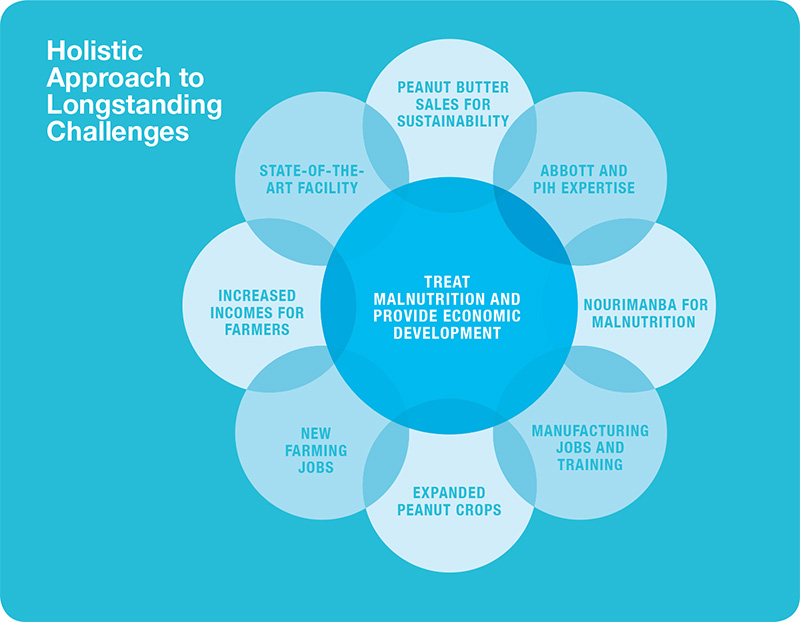
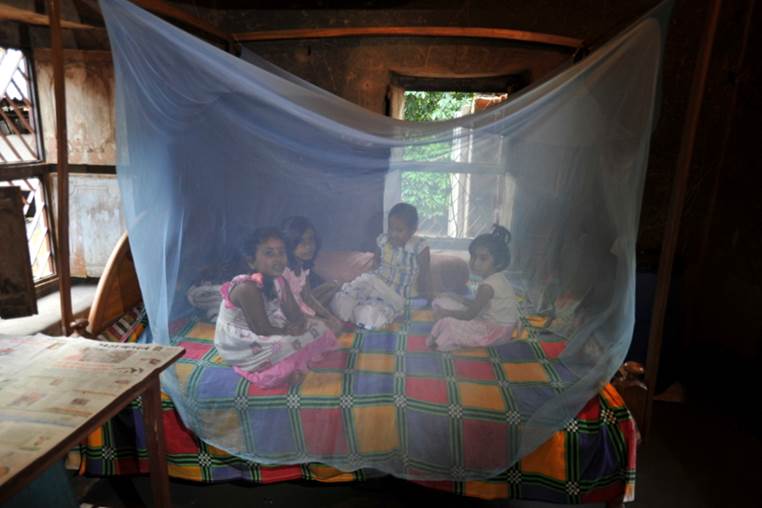

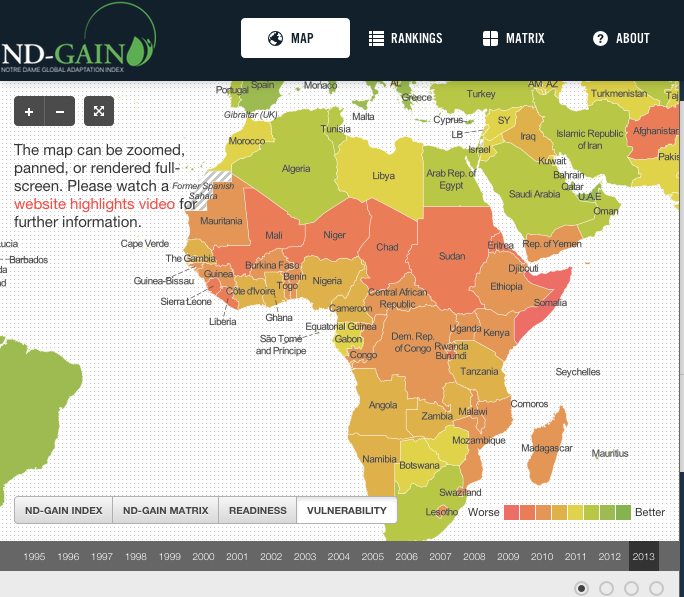
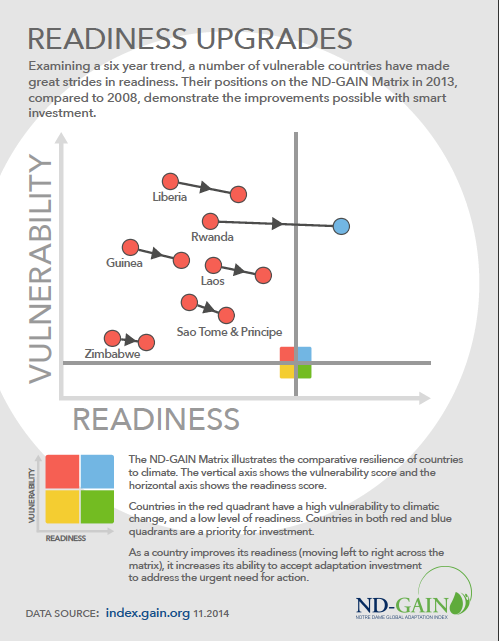

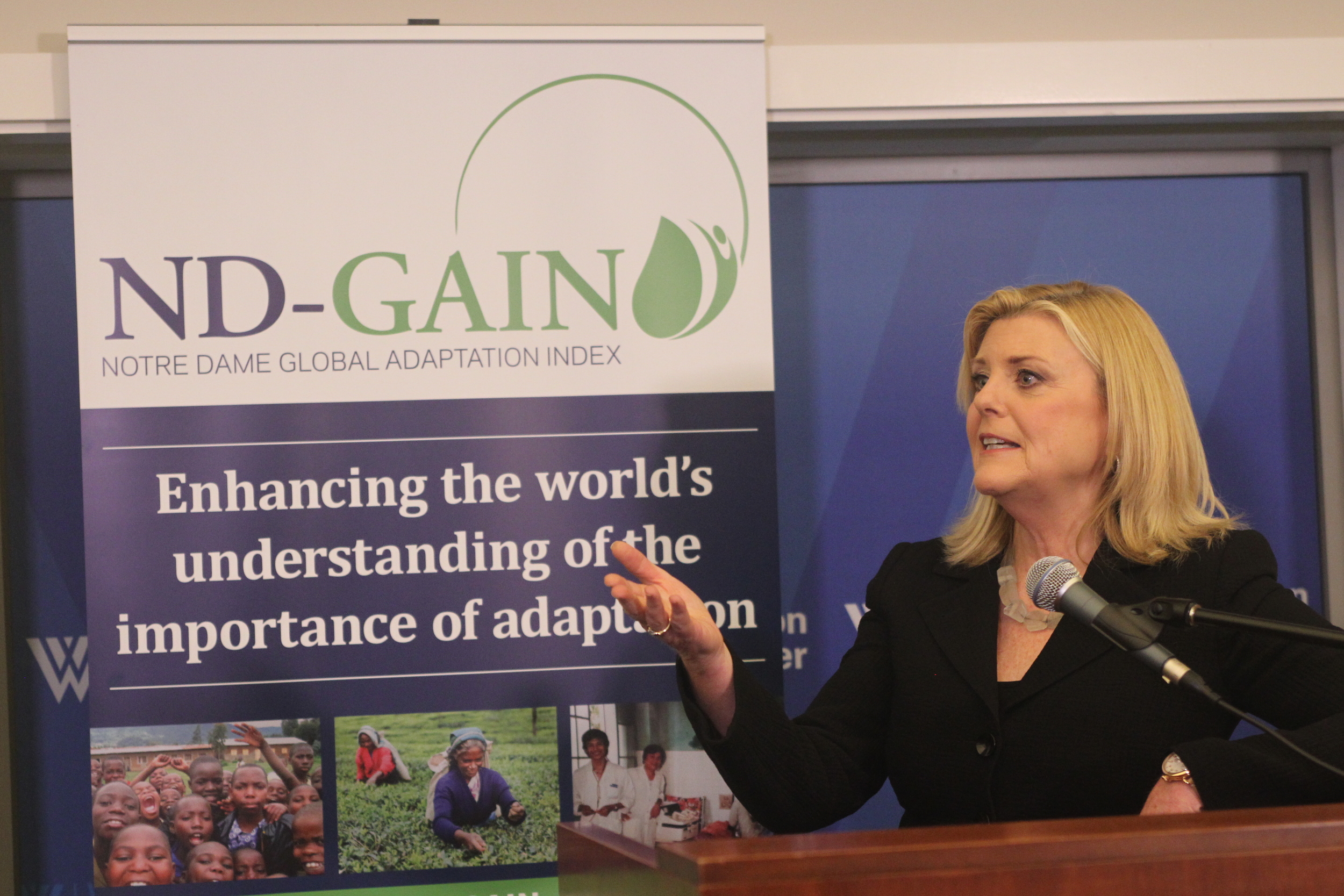

 By Joyce Coffee
By Joyce Coffee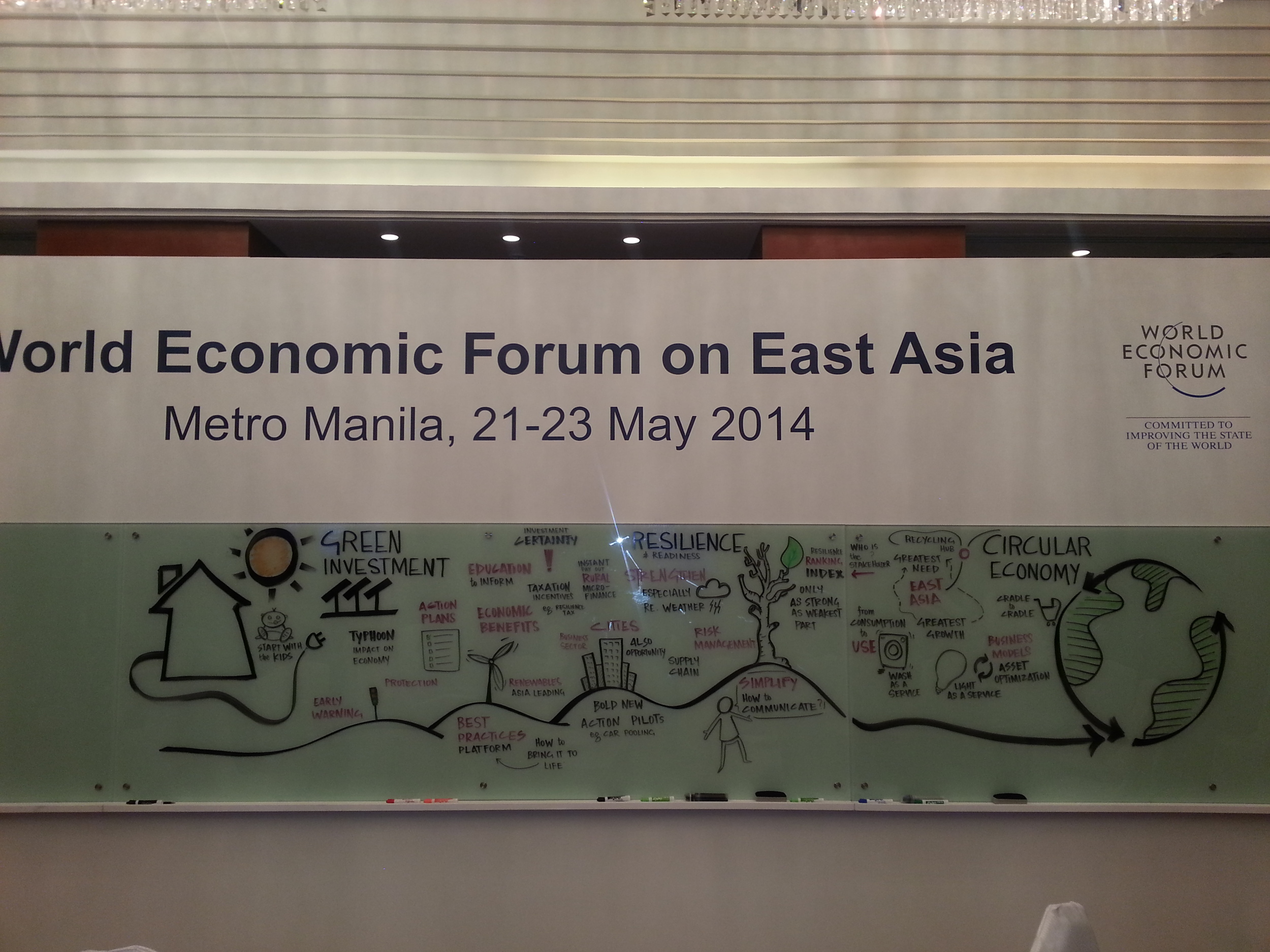


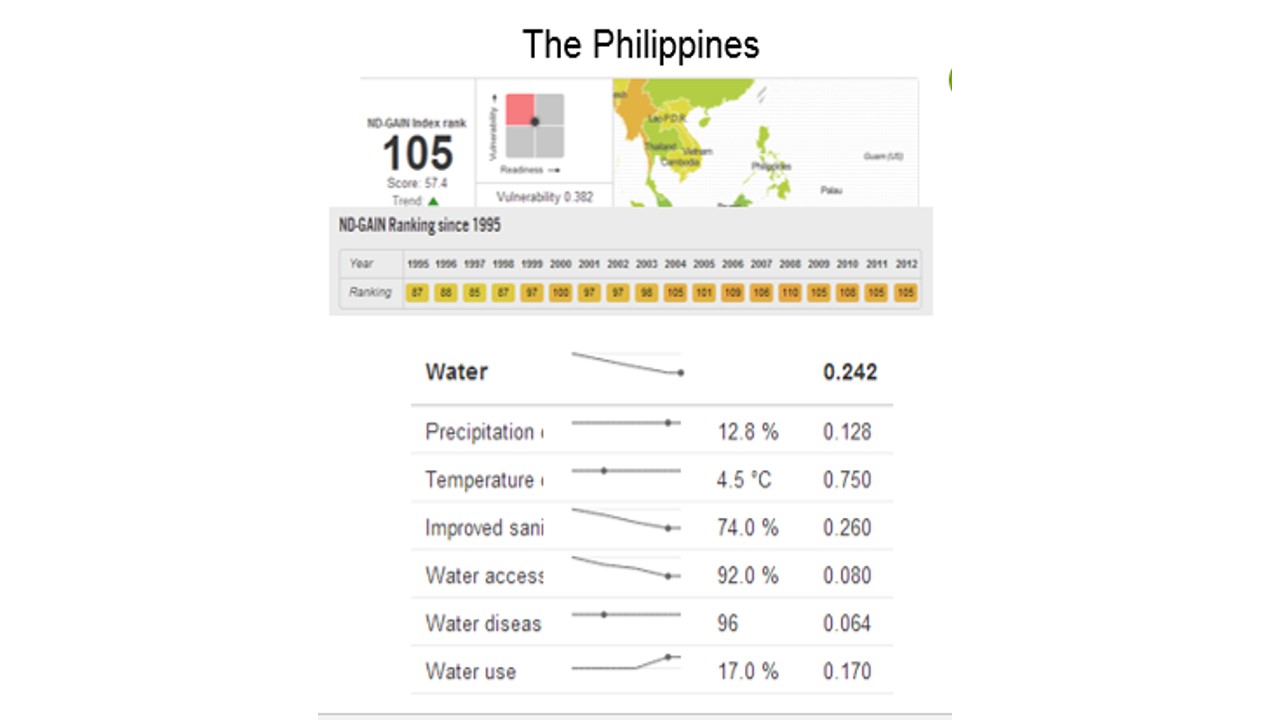

 There are some incredibly positive sustainability trends baring themselves out today:
There are some incredibly positive sustainability trends baring themselves out today: